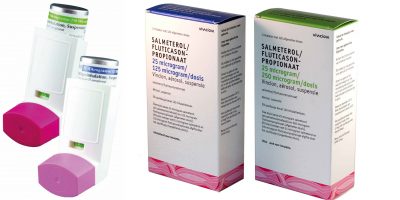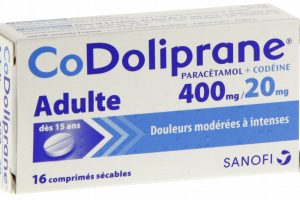The World Anti-Doping Agency has published the 2017 Prohibited List
.
The 2017 Prohibited List has been published by WADA. A document that focuses on beta2-agonists (asthma) and place codeine under control. The list shall come into effect on 1 January 2017.
THE REFERENCE DOCUMENT
« WADA is pleased to publish the 2017 Prohibited List, which is one of five International Standards that are mandatory for all signatories of the World Anti-Doping Code (Code) (Code) to follow », said WADA President, Sir Craig Reedie. All athletes around the world are held to these standards and there can be no tolerance for people who intentionally break the rules. »
« The Prohibited List, follows a very extensive stakeholder review process over the course of nine months,” said Director General, Olivier Niggli. “In reviewing the List, experts examine such sources as: scientific and medical research; trends and intelligence gathered from law enforcement and pharmaceutical companies in order to stay ahead of those that wish to cheat,” Niggli continued. “It is vital that all athletes take the necessary time to consult the List; and that, they contact their respective anti-doping organizations (ADOs) if they have any doubts as to the status of a substance or method,” said Niggli.
THE BETA2-AGONISTS UNDER SCAN
The 2017 version focuses on beta2-agonists, molecules used to fight, especially against asthma. Thus, salbutamol, formoterol and salmeterol, already present in the 2016 version, are now along with fenoterol, terbutaline or vilanterol. WADA took the opportunity to recall the permitted dosages and emphasized that studies were underway to set an appropriate urinary concentration threshold for inhaled salmeterol. This may be accompanied by the occurrence of higenamine, a product found frequently in food supplements. Higenamine is a beta-stimulant (fat burner) and was the cause of suspension, before its total rehabilitation, of the French international football player Mamadou Sakho. The substance itself was not on any banned list but it is now.


CODEINE UNDER CONTROL
Among the novelties brought by this list, it should be pointed out that codeine might be under control. Not included in the banned list, codeine is classified as a narcotic drug and can be broken down by the liver into morphine, leading to a positive result of doping test. Before being included in the 2016 Prohibited List, Meldonium was used by the Russian professional tennis player Maria Sharapova and also placed under control. The 2017 list shall come into effect on 1 January 2017.
TO LEARN MORE: DOCTOR JACOMET, MEMBER OF THE MONEGASQUE ANTI-DOPING COMMITTEE WAS ASKED 3 QUESTIONS
LBeta-2-agonists are drugs that cause dilatation of the airways (bronchioles, alveoli) and help you breathe better by ultimately increasing oxygen flow in the tissues. There is no doubt that they are doping products because they improve performance.
It is proven that asthma occurs during intense exercise. Salbutamol, formoterol and salmeterol are prescribed to some athletes and controlled by the World Anti-Doping Code.
Codeine is a weak opioid analgesic. However, the search for an analgesic effect, weak or strong, contributes to the improvement of performance since the pain is a limiting factor of performance. In addition, the presence of both codeine and morphine in urine may conceal the use of morphine, a powerful analgesic. Codeine is routinely converted to morphine in the body, in small proportion, but a very little amount of codeine can conceal the use of morphine.
Codeine is commonly used to treat symptoms of flu, it is therefore possible to ban it completely and normal to place it under control as a warning to deter misuse of this molecule.
Higenamine, also referred to as norcoclaurine, is a chemical compound found in a variety of plants. Several studies have shown a variety of effects but its effects in humans are unknown. Recently, higenamine is receiving attention from the dietary supplement community, as a potential agent for weight loss and sport performance supplements. Evaluating the effects of a new molecule we know anything about can take ten to twenty years. Since 2017, higenamine is expressly added to The World Anti-Doping Agency’s (WADA) prohibited list. The mere fact that its chemical structure is related to amphetamines may justify the obvious caution from authorities.



